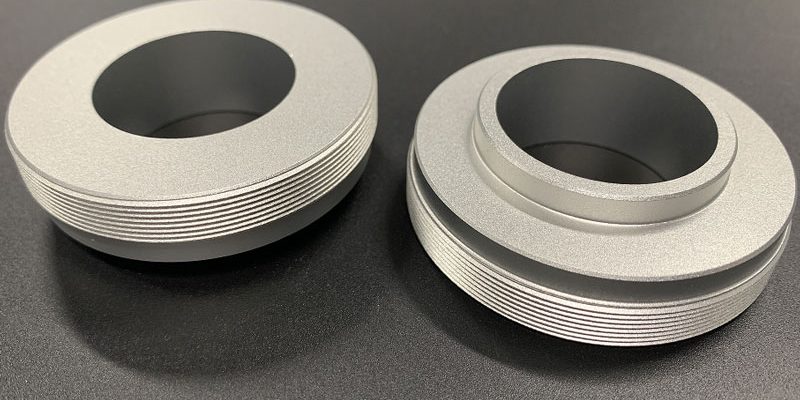Abrasives and Their Effects in Sandblasting Processes
In sandblasting operations, abrasives come in a wide range of grit sizes. Each grit level has its own distinct application and effect. Below is a detailed overview of various grit grades and their practical uses in surface treatment:
1. Coarse Abrasives (20 – 36 mesh)
Applications:
-
Heavy-duty rust removal: Ideal for removing thick rust layers and extensive scale.
-
Coating removal: Effective at stripping thick paint, coatings, or other surface coverings.
-
Large steel structure cleaning: Commonly used for cleaning ships, bridges, storage tanks, and similar structures.
Effects:
-
Produces a very rough surface, enhancing adhesion for thick or heavy-duty coatings.
-
Rapidly removes surface contaminants, though it may cause more wear to the substrate.
2. Medium-Coarse Abrasives (40 – 60 mesh)
Applications:
-
General surface cleaning: Used for removing moderate rust, old paint, and scale.
-
Surface profiling: Prepares the surface with proper roughness for coatings or plating.
Effects:
-
Creates a uniform rough surface, beneficial for coating adhesion.
-
Offers high efficiency in cleaning with moderate aggressiveness.
3. Medium-Fine Abrasives (80 – 100 mesh)
Applications:
-
Fine surface treatment: Suitable for cleaning metal products and mechanical parts.
-
Light rust removal: Gently eliminates minor rust and oxidation layers.
Effects:
-
Results in a smoother finish, suitable for medium-thickness coatings or plating.
-
Effectively cleans surfaces without excessive wear on the base material.
4. Fine Abrasives (120 – 180 mesh)
Applications:
-
Precision surface treatment: Ideal for molds, precision instruments, and delicate parts.
-
Pre-polishing: Used to remove micro-defects before polishing operations.
Effects:
-
Provides a smooth and even surface texture, perfect for thin coatings or high-precision plating.
-
Delivers detailed surface preparation with minimal substrate damage.
5. Ultra-Fine Abrasives (220 – 320 mesh and above)
Applications:
-
Ultra-fine polishing: Applied in surface treatments requiring a mirror-like finish, such as optical components and electronics.
-
High-precision cleaning: Suitable for molds and precision components needing extreme cleanliness.
Effects:
-
Produces a highly smooth, polished surface, meeting the most demanding surface finish requirements.
-
Removes fine surface defects and contaminants, creating a mirror-like effect.
Conclusion:
Choosing the correct abrasive grit in sandblasting is critical to achieving the desired surface finish and performance. Whether you’re preparing for heavy-duty corrosion protection or ultra-precise polishing, selecting the right abrasive ensures efficiency, consistency, and optimal results.

